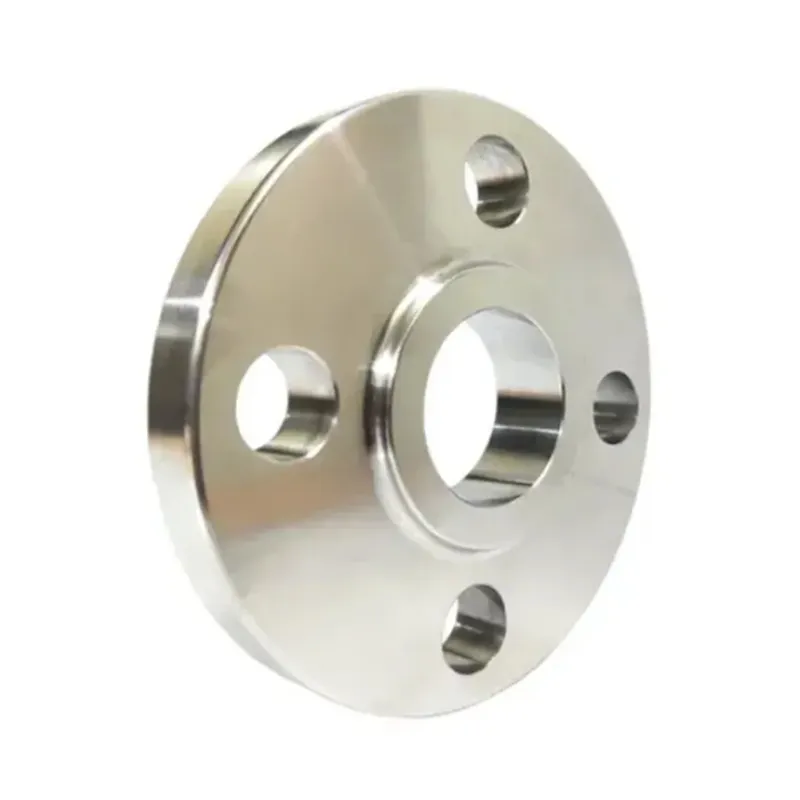-
Cangzhou Yulong Steel Co., Ltd.
-
Phone:
+86 13303177267 -
Email:
admin@ylsteelfittings.com
- English
- Arabic
- Italian
- Spanish
- Portuguese
- German
- kazakh
- Persian
- Greek
- French
- Russian
- Polish
- Thai
- Indonesian
- Vietnamese
- Zulu
- Korean
- Uzbek
- Hindi
- Serbian
- Malay
- Ukrainian
- Gujarati
- Haitian Creole
- hausa
- hawaiian
- Hebrew
- Miao
- Hungarian
- Icelandic
- igbo
- irish
- Japanese
- Javanese
- Kannada
- Khmer
- Rwandese
- Afrikaans
- Albanian
- Amharic
- Armenian
- Azerbaijani
- Basque
- Belarusian
- Bengali
- Bosnian
- Bulgarian
- Catalan
- Cebuano
- China
- China (Taiwan)
- Corsican
- Croatian
- Czech
- Danish
- Esperanto
- Estonian
- Finnish
- Frisian
- Galician
- Georgian
- Kurdish
- Kyrgyz
- Lao
- Latin
- Latvian
- Lithuanian
- Luxembourgish
- Macedonian
- Malgashi
- Malayalam
- Maltese
- Maori
- Marathi
- Mongolian
- Myanmar
- Nepali
- Norwegian
- Norwegian
- Occitan
- Pashto
- Dutch
- Punjabi
- Romanian
- Samoan
- Scottish Gaelic
- Sesotho
- Shona
- Sindhi
- Sinhala
- Slovak
- Slovenian
- Somali
- Sundanese
- Swahili
- Swedish
- Tagalog
- Tajik
- Tamil
- Tatar
- Telugu
- Turkish
- Turkmen
- Urdu
- Uighur
- Welsh
- Bantu
- Yiddish
- Yoruba

نويابىر . 01, 2024 05:27 Back to list
Slip-On Blinds and Flanges for Efficient Piping Solutions and Secure Connections
Understanding Slip Blinds and Flanges in Pipeline Systems
When it comes to designing and maintaining efficient pipeline systems, understanding key components like slip blinds and flanges is crucial. These elements play a vital role in the construction and operation of pipelines, whether they are part of water supply systems, oil and gas transmission, or industrial processes.
What Are Slip Blinds?
Slip blinds, often referred to as slip plates or slip blinds, are essential tools used in pipeline systems to isolate sections for maintenance or inspection. A slip blind is a flat piece of material designed to fit between flanges, temporarily blocking the flow of liquid or gas in a pipeline. This capability is crucial in environments where operational safety is paramount. By allowing operators to work on a section of the pipeline without depressurizing the entire system, slip blinds facilitate maintenance tasks efficiently.
There are various types of slip blinds, including those made from metal, rubber, or composite materials, depending on the application and the materials being transported. The key is ensuring that the slip blind can withstand the operating pressure and temperature conditions of the pipeline.
The Role of Flanges
Flanges serve as the connection point between two sections of pipe. They allow for easy assembly and disassembly, making them a preferred choice in pipeline construction. Flanges are usually welded or bolted to the ends of pipes, and they come in various standards such as ANSI, ASME, and DIN, each with specific dimensions and pressure ratings.
slip blinds flanges

The integrity of flanged joints is crucial; they must provide a reliable seal to prevent leaks and maintain pressure within the system. Proper selection and installation of flanges ensure that the pipeline operates safely and efficiently. In many cases, gaskets are used to enhance the sealing capacity of flanges.
Why Use Slip Blinds and Flanges Together?
In many applications, slip blinds and flanges are used in tandem to create a safe and efficient maintenance environment. When a section of pipeline requires servicing, slip blinds can be inserted between two flanges to isolate that section. This isolation allows technicians to safely work on the pipeline without the risk of spills or exposure to hazardous materials.
Additionally, using slip blinds in conjunction with flanges aids in compliance with safety regulations. Industry standards typically require that all maintenance activities must ensure that operators remain safe and that the environment is protected from potential leaks or accidents.
Conclusion
In summary, slip blinds and flanges are integral components in pipeline systems that enhance safety and maintain operational efficiency. Understanding their functions and applications is essential for anyone involved in pipeline design, maintenance, or operation. By utilizing these components correctly, industries can ensure safer work environments, reduce maintenance downtime, and comply with regulatory requirements. As the demand for robust and reliable pipeline systems continues to grow, the importance of understanding and properly implementing slip blinds and flanges cannot be overstated.
Latest news
-
ANSI 150P SS304 SO FLANGE
NewsFeb.14,2025
-
ASTM A333GR6 STEEL PIPE
NewsJan.20,2025
-
ANSI B16.5 WELDING NECK FLANGE
NewsJan.15,2026
-
ANSI B16.5 SLIP-ON FLANGE
NewsApr.19,2024
-
SABS 1123 FLANGE
NewsJan.15,2025
-
DIN86044 PLATE FLANGE
NewsApr.19,2024
-
DIN2527 BLIND FLANGE
NewsApr.12,2024
-
JIS B2311 Butt-Welding Fittings LR/SR 45°/90° /180°Seamless/Weld
NewsApr.23,2024











